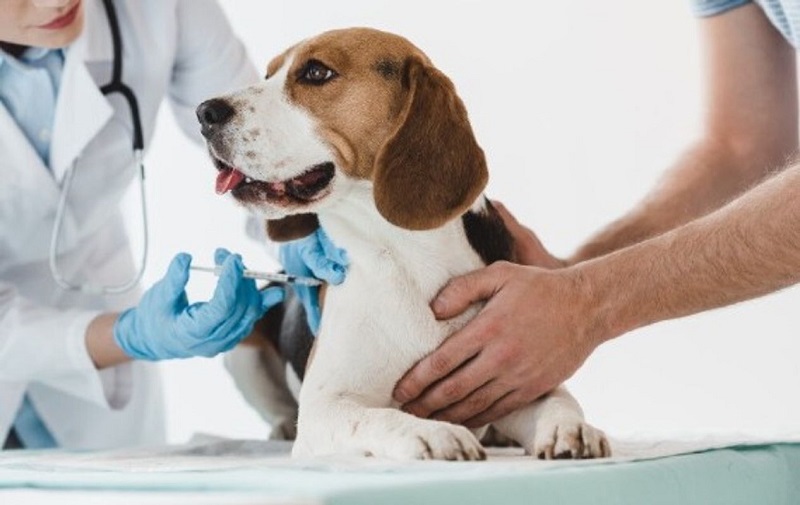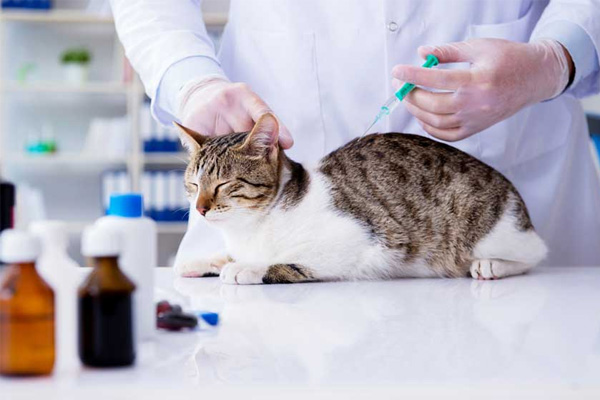How to Recognize Signs of Pain or Discomfort in Pets
Introduction
Pets are often seen as part of the family, and as loving pet parents, it’s our responsibility to monitor their health and behavior closely. Unlike humans, pets can’t speak to express their pain or discomfort. Instead, they show it through subtle signs in their behavior, posture, and physical condition. Understanding these signs is crucial to ensure timely care and prevent further health complications.
This article will guide you through the most common signs of pain or discomfort in pets, especially in cats and dogs, and offer practical tips on what to do if you suspect your pet is suffering.
Why It’s Important to Identify Pain in Pets
Pets instinctively hide pain to avoid appearing vulnerable in nature. This behavior is deeply ingrained, making it hard for pet owners to detect problems until the condition has worsened.
Failing to recognize pain can lead to:
-
Delayed treatment
-
Long-term health issues
-
Emotional distress for your pet
Timely identification of pain or discomfort can drastically improve your pet’s quality of life and even extend their lifespan.
1. Changes in Behavior
a. Withdrawal and Hiding
Pets in pain often become less social. They may:
-
Hide under the bed or in a corner
-
Avoid being touched or held
-
Ignore family members or other pets
b. Aggression or Irritability
Sudden aggression is a major red flag:
-
Snapping, biting, or growling when touched
-
Reacting negatively to normal interactions
-
Refusing to be picked up or groomed
c. Excessive Vocalization
A pet in pain may whine, whimper, meow, growl, or howl more than usual, especially when moving or being touched.
2. Physical Signs of Pain

a. Limping or Trouble Moving
If your pet is:
-
Limping or favoring one leg
-
Having difficulty standing up, lying down, or climbing stairs
-
Moving more slowly than usual
…it may indicate joint, muscle, or bone pain.
b. Breathing Changes
Pain can cause:
-
Shallow or rapid breathing
-
Panting even when not hot
-
Grunting sounds while exhaling
c. Posture and Body Language
Look for signs such as:
-
Arched back
-
Tucked tail
-
Stiffness or trembling
-
Lying in unusual positions to relieve pain
3. Changes in Daily Habits
a. Eating and Drinking
Loss of appetite is a common sign of discomfort. Pets may:
-
Refuse food or treats
-
Chew on one side of the mouth (if dental pain)
-
Drink significantly more or less than usual
b. Grooming Behavior
Changes in grooming habits may indicate:
-
Overgrooming a specific area (often a response to localized pain)
-
Lack of grooming (common in cats with arthritis or back pain)
-
Licking or biting wounds, inflamed areas, or paws
c. Sleep Patterns
Watch for:
-
Sleeping more than usual
-
Difficulty settling or sleeping due to discomfort
-
Sleeping in unusual locations
4. Digestive and Elimination Problems
Pain may also manifest through:
-
Vomiting or diarrhea
-
Constipation or straining to defecate
-
Urinary accidents, especially if associated with urinary tract infections or bladder stones
In some cases, pets may hold their bladder or bowels to avoid the pain of elimination.
5. Vocal and Facial Expressions
a. Facial Tension
Pets may show discomfort through:
-
Tightened facial muscles
-
Dilated pupils
-
Squinting or avoiding eye contact
b. Unusual Noises
Pets in pain may emit:
-
Low growls or hissing
-
Persistent whining
-
Yelps or sharp cries when touched or moving
These vocal cues are especially important when they occur outside of normal contexts.
6. Behavioral Changes in Specific Species
a. Dogs
-
May follow you obsessively or, conversely, isolate themselves
-
Constant licking of paws or joints
-
Refusal to go for walks or jump into the car
b. Cats
-
Hiding more than usual (under furniture, closets)
-
Flattened ears, flicking tail, or sudden aggression
-
Avoiding jumping to high places
c. Small Animals (rabbits, guinea pigs, hamsters)
-
Remain motionless for long periods
-
Loss of appetite or fecal output
-
Grinding teeth (a sign of severe pain)
7. Specific Conditions and Associated Signs
a. Dental Pain
-
Dropping food while eating
-
Pawing at the mouth
-
Bad breath
-
Swollen or bleeding gums
b. Arthritis or Joint Issues
-
Stiffness after rest
-
Difficulty rising or lying down
-
Avoiding stairs or high places
c. Abdominal Pain
-
Belly appears bloated or tight
-
Reacts aggressively when belly is touched
-
Arched posture or “praying” position in dogs (front legs down, back legs up)
8. What You Should Do If Your Pet Shows Signs of Pain

Step 1: Observe Closely
Document the following:
-
When did the symptoms start?
-
What are the exact behaviors observed?
-
What seems to trigger or worsen the pain?
Step 2: Avoid Self-Medicating
Never give human medications like ibuprofen or paracetamol to pets. These can be toxic.
Step 3: Visit a Veterinarian
A vet can:
-
Perform a physical exam
-
Run blood tests, x-rays, or ultrasounds
-
Prescribe pain relief suitable for the species and condition
Step 4: Follow a Pain Management Plan
Your vet may recommend:
-
Medication (NSAIDs, opioids, supplements)
-
Physical therapy
-
Acupuncture or laser therapy
-
Dietary adjustments for inflammatory conditions
9. Preventing Pain in Pets
While not all pain is avoidable, many chronic conditions can be managed or prevented:
a. Regular Vet Checkups
-
Annual or biannual exams help catch issues early
b. Weight Management
-
Obesity is a major cause of joint pain and inflammation
c. Proper Dental Hygiene
-
Brush your pet’s teeth or use vet-approved dental treats
d. Safe Living Environment
-
Use non-slip rugs
-
Provide orthopedic beds for older pets
-
Keep small objects and toxic foods out of reach
10. When Is It an Emergency?
Seek immediate veterinary care if your pet shows:
-
Collapse or extreme lethargy
-
Pale gums
-
Seizures or uncontrolled shaking
-
Continuous vomiting or diarrhea
-
Excessive bleeding or open wounds
These can be signs of acute, life-threatening pain or injury.
Conclusion
Understanding your pet’s body language, habits, and responses is key to identifying when something is wrong. Pain and discomfort often go unnoticed if you’re not paying attention to subtle signs. The earlier you detect pain, the better your chances of treating the issue effectively and giving your furry companion a happier, healthier life.
Being a responsible pet owner means being proactive, observant, and compassionate. Remember: when in doubt, always consult a vet. Your pet’s comfort and well-being depend on you.

